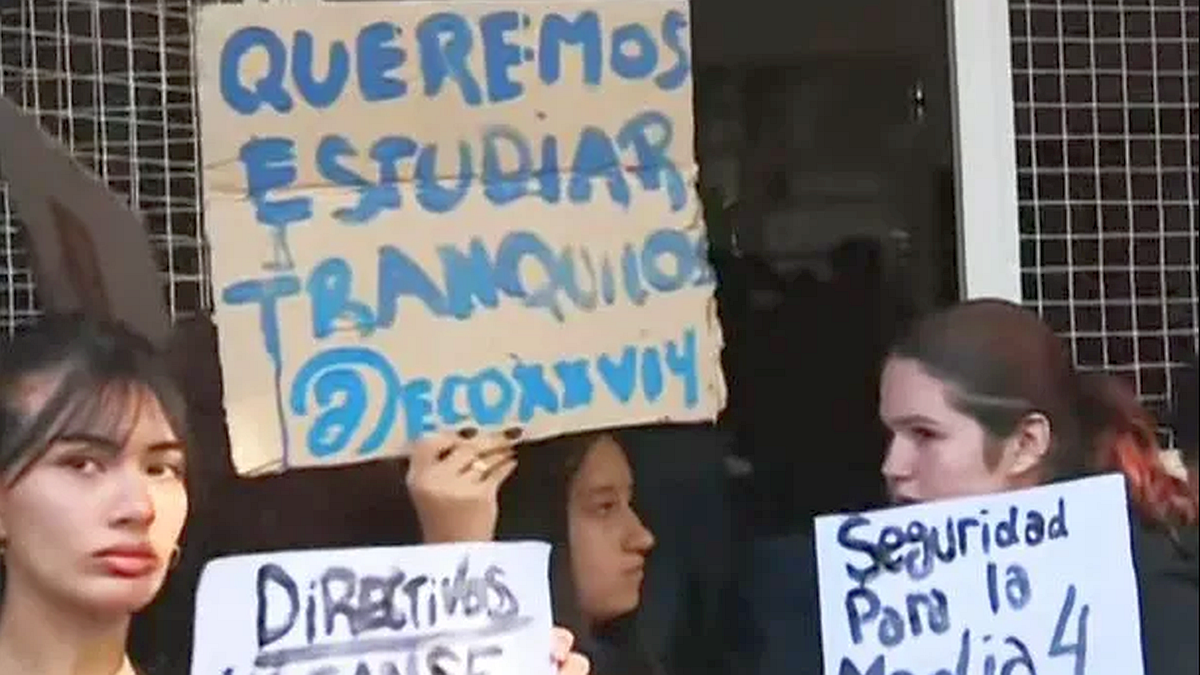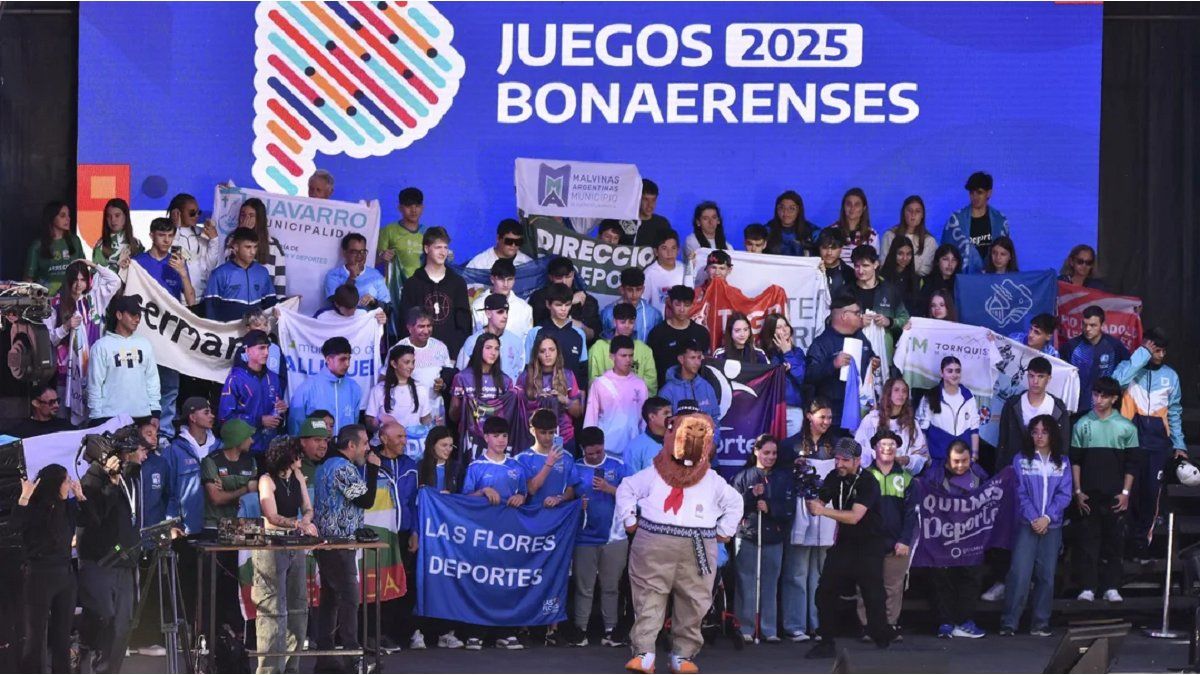This situation, far from being an isolated fact, must be analyzed within a broader network that includes subjective factors, frames with family and social factors, as well as with the current affairs of policies that perpetuate exclusion and inequality.
Adolescence In general terms, it is a stage characterized by intense physical, emotional and psychological changes, of disguise of parental figures or those who represent them, for the exogamous exit and the construction of new symbolic references, recurrently in opposition to those established in early childhood, as a way of charging some impulse for the mentioned “Dispension”, a term that Sigmund Freud placed centrally “Metamorphosis of puberty.”
It seems important to mention “adolescents” in the plural, depending on being able to account for the subjectivities, the uniqueness of each adolescent, in a place located, in a social, historical and singular context, in which the subjectivities are anchored. Young people face the task of building their identity, a process that implies the restructuring of the internal representations of parental figures and the search for some independence, a passage from the absolute dependence with which the human being is born, towards relative independence, in terms of the English psychoanalyst Donald Winnicott.
The pulsional in adolescence intensifies due to the reactivation of the Oedipus complex and the emergence of new anxieties linked to sexuality and aggressiveness. Sigmund Freud identified in “the discomfort in culture” (1930) the tension between the individual impulses and the demands of society. The demands of culture (with capital letters, in terms of the civilizational, the human as heritage and cost of speakers) imply, in turn, the resignations regarding pulsional satisfactions. These resignations imply a series of elaborations, necessary to somehow vehicularize the calls “Pulsional desmezclas”, the death drive released, product of those resignations.
We live in a social historical moment in which representations of aggression and contempt abound by the other: cruelty became an insistent mode of functioning, in a tool destined to cut, host, attempt and eliminate the other undesirable. Identification with idealized power figures, who hold cruelty as a bound flag, contributes to the constitution of substitutions at key moments of the deployment of subjectivity.
The construction of “enemies” and the search for recognition in groups with extreme values can serve as alternative roads for the vehicle of internal conflicts, own such as the loss of the body of childhood, the update of a new expectations of others and the new identifications in play.
As Knobel and Aberastury warn, they are duels that must necessarily be crossed, along the display of adolescences. In some cases, the detention of the elaboration of such duels, the lack of stable identifying models and the impossibility of symbolically vehicleing the discomfort inherent in these processes, can push certain adolescents towards acts of extreme violence. They are then tragic ways to respond to these crossings, moments of childhood passage to another stage.
Some possible intersections between the social and the subjective
The social context is a key factor in the understanding of these phenomena. In each adolescence and in a way of crossing that intervenes in those subjective constitutions. Social fragmentation, economic precariousness and insistent experience of the lack of future projects tend to generate a feeling of despair razing in our youth, full of consequences. In a society where violence is present in public speeches, in social networks and in certain sectors of youth culture, some adolescents can find in violence a sinister form of expression of their discomfort, in a tragic confusion between fiction and reality.
The tragedy as a way of acting those conflict, charges a horrible and possible sense. The frustrated construction Of a possible visualizable life project, a possible imaginable future, articulated with the constitution of its own identification, staggers in relation to the idea of the destruction of the other, which ceases to be a symbolic elaboration that allows to assume a new place of its own, but an attempt to annihilated real already dated.
The role of the media is also fundamental. The glorification of violence in certain digital spaces, which reproduce the social dynamics and current hate policies, as well as exposure to polarizing speeches, plagued by repudiation of difference, with the mascarón of bow of cruelty in relation to the like, tend to feed a culture broth rather than conducive to these tragic actions.
Inequality and exclusion, other ways of violence, directly impact childhoods and adolescents. Policies that increase the pauperization of peoples and reduce access to education, health and culture contribute to the precariousness of the future of young people. The lack of opportunities generates a scenario where frustration and hopelessness tend to reproduce the violence circuits, now actively, by those who suffer passively.
Exclusion is not only economical, but also symbolic. The absence of stimulating and hopeful representations for adolescents in public speeches, as well as the criminalization of youth, reinforce the idea, already sadly known in our country, that they are a threat to society. The risks of a stigmatizing narrative prevents a deep analysis of the structural problems that go through adolescents, both in their constitutions, as in the singularities of their life trajectories.
Avoid adolescence criminalization
It is essential to address these border situations, loaded with death drive and tending to tragic action, without stigmatizing or criminalizing adolescents. Violence at this stage involves a framework of social aspects, which are embodied there, with unique crosses, their anguish, conflict in relation to ideals, pulsional administration and the variability of psychic resources with which each subject counts, at a time characterized by subjective vulnerability.
Offer listening spaces, recognizing that behind violent behavior there is potentially a subject in suffering that would need to be housed, opens a possibility of opening for adolescent deployment in a symbolic space.
Psychoanalyst – Doctor in Psychology. Titular member as a didactic function of the Argentine Psychoanalytic Association. Professor and researcher at the University of Buenos Aires.
Source: Ambito
David William is a talented author who has made a name for himself in the world of writing. He is a professional author who writes on a wide range of topics, from general interest to opinion news. David is currently working as a writer at 24 hours worlds where he brings his unique perspective and in-depth research to his articles, making them both informative and engaging.




